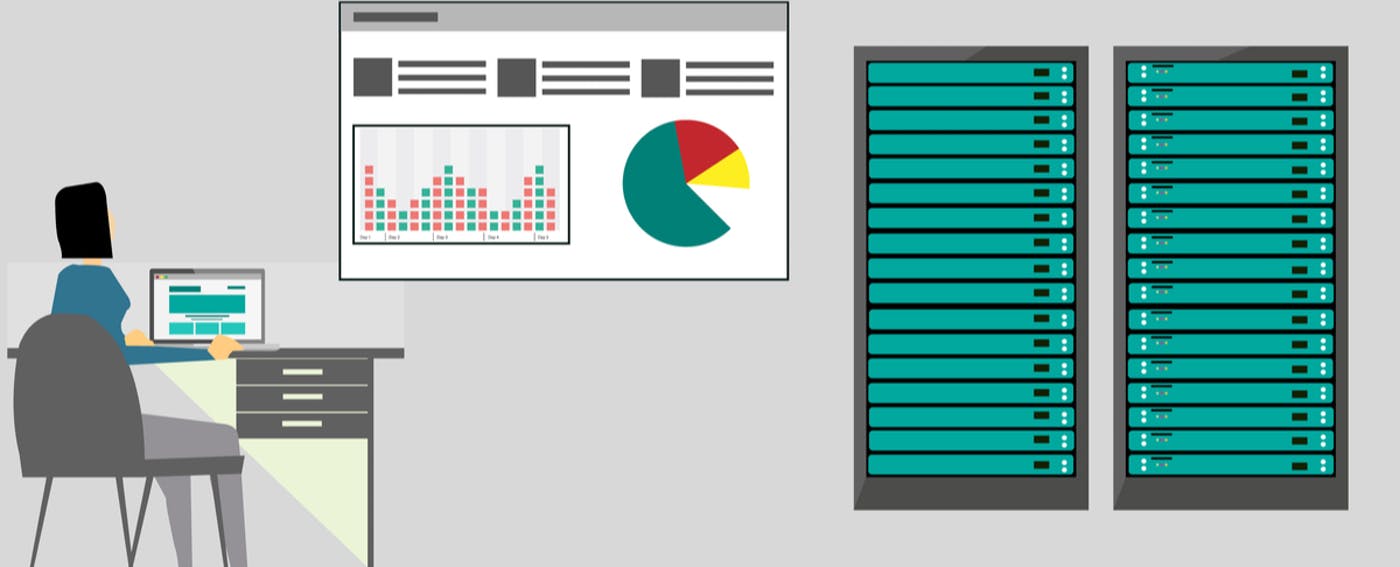According to the recent ASER 2018, a massive change has been recorded by government schools, portraying improved reading and arithmetic skills.
For the first time since 2010, slightly more than half (50.5%) of all children in Class 5 can read a Class 2 textbook, up from 46.9% in 2012. Also, the proportion of children in Class 5 who can do simple division has gone up from 24.9% in 2012 to 27.9% in 2018. For Class 3, reading levels — ability to read Class 2 textbooks — have been inching up since the low of 2010 (19.5%), and are now at 27.2%.
The survey shows that government schools in eight states — Himachal Pradesh, Uttar Pradesh, Odisha, Chhattisgarh, Karnataka, Kerala, Mizoram, and Arunachal Pradesh — have recorded a growth in basic reading levels of more than 5 percentage points over 2016. Further, government schools in 10 states — Punjab, UP, Assam, Chhattisgarh, Maharashtra, Kerala, Tamil Nadu, Nagaland, Mizoram, and Arunachal Pradesh — recorded a growth of more than 5 percentage points in basic arithmetic levels over the same period.
In Kerala, which tops in Class 5 reading levels with 77.5%, up from 69.4% in 2016, the growth is largely led by state-run schools — 10% rise in reading levels in government schools compared to 7.3% in private schools.
In Chhattisgarh, which recorded a 3.6% rise in Class 5 reading levels (from 56% in 2016 to 59.6% in 2018), government schools fuelled this turnaround with a 6.1% growth while private schools slipped by 5.7 percentage points.
Wilima Wadhwa, director, ASER Centre, says “In some states like Punjab and Maharashtra, we already knew that the state governments were undertaking learning programmes but the growth registered by government schools in states such as UP was unexpected,” she said.
In UP, government schools registered an 11.9% jump in reading skills for Class 5 students, reaching 36.2%, while private schools saw only a 7.6% rise.
It has been observed that both UP and Himachal have seen a 5-plus percentage point improvement in reading levels of Class 3 government school children between 2014 and 2018, in the former, 60% of Class 3 children cannot recognize letters or read words. Which means, these children need urgent help or are in danger of carrying their learning deficit to the next class. In Himachal, on the other hand, over 70% of children are either at grade-level or only close behind.
Only 1 out of 4 children in rural India leaves Class 8 without basic reading skills and over half of them (55.9%) without basic numerical literacy or without the ability to do a simple division sum. Plus, 13.1% of children in the 15-16 age group are not in school, according to the 13th ASER report, carried out by NGO Pratham and released Tuesday.
Only a quarter of all primary school children in Class 3 are at their grade-level — only 27.2% of these children can read a Class 2 textbook and only 28.1% can do Class 2-level subtraction.
“When we did our first ASER in 2005, nobody spoke about learning. Then the Right to Education came and the focus shifted to enrollment and infrastructure — playground, boundary wall, etc. But now, there is a concerted effort in several states. Punjab, for instance, has the Padho Punjab programme that follows Pratham’s model of teaching at the right level. Delhi has been doing a lot of very good work. The pendulum has swung in the direction of learning,” says Wadhwa.
In 2018, ASER, an annual household survey, covered 5.46 lakh children in 596 rural districts across the country.

